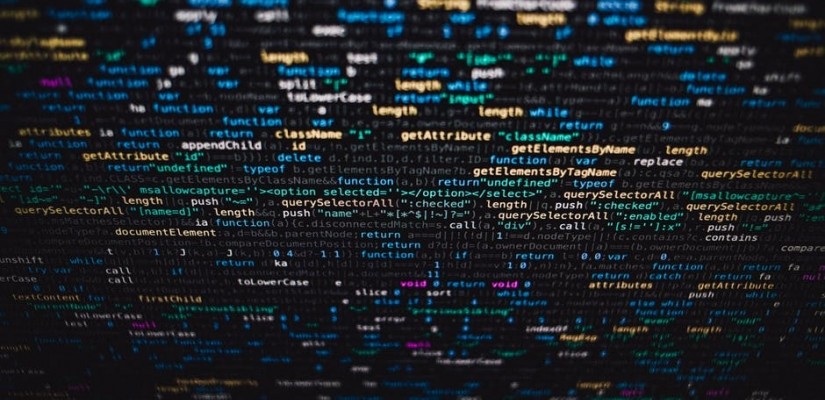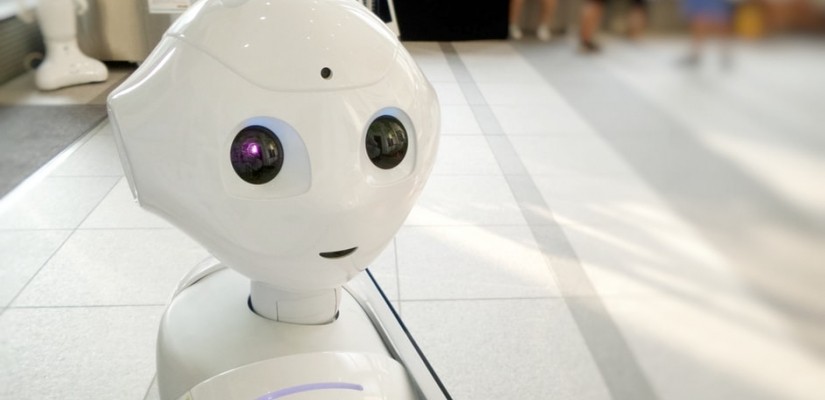In the coming decade, artificial intelligence and automation are set to transform the global economy in almost every major industry. In fact, businesses that adopt AI technology early on will be able to tap into a profit pool of around USD 1 trillion by 2030, according to research by MIT Sloan. From gains in productivity to more innovation, the economic benefits of AI are clear. Demand in the labor market for AI-related job positions has likewise increased, with AI specialists likely becoming the most sought-after jobs as 2020 begins. Indeed, the position has grown almost 75% since 2014 according to a LinkedIn report. However, with improved economic efficiency and new opportunities comes a multitude of risks, particularly the potential for severe structural unemployment.
In the next 25 years, some estimate that up to 40% of the world’s jobs will be automated, and certain industries will be affected more than others. Furthermore, the effects on the labor market brought on by AI and machine learning are likely to have far-reaching political and social consequences.
Effects of AI and Automation on Employment in Key Industries
Jobs most at risk are low-wage jobs, with more than 50% of jobs that do not require a college degree vulnerable to automation. Moreover, occupations that involve repetitive work or physical tasks are also especially at risk. Historically, the manufacturing industry has received much of the focus in studies on the effects of automation on jobs and employment. While many attribute job loss and the collapse of American industry to immigration and shifting production overseas, as of 2017 almost 90% of job loss in manufacturing was due to technological advancements. The effects on jobs can be seen around the world as well. AI and automation are estimated to impact about 40% of China’s workforce while displacing 5% of China’s workers in the next five years. Because jobs involving manufacturing and transportation are most likely to be automated, the most affected regions in the United States are likely to be rural and in the Midwest. In the ASEAN region, almost 7 million workers will have lost their jobs due to AI by 2028, primarily in agriculture.
At the same time, advancements in cloud computing and machine learning may also put high-skilled jobs in jeopardy. Almost 40% of computer programmers and those in the legal field are susceptible to their jobs being overtaken by AI. Even in the field of medicine, new research has shown that artificial intelligence algorithms have been able to scan x-rays for certain diseases more quickly than actual radiologists, and just as accurately for most tests. Regardless of the industry, however, current global advancements in technology are likely to disrupt white-collar work and more highly skilled jobs than in previous generations.

Benefits and Opportunities that AI and Automation Bring
Nevertheless, structural shifts and technological advancement will create more opportunities and new jobs and will lead to a net increase in employment for those with the appropriate skills. According to the World Economic Forum, while 75 million jobs will likely be gone due to AI by 2022, another 133 million will be created. Just as with other technological breakthroughs, new opportunities will open up in industries requiring workers with the proper technology-driven skills.
Furthermore, it is important to distinguish how AI and automation contribute to job displacement as opposed to task elimination. While certain duties and functions within a job might become obsolete, the job itself will not necessarily disappear, especially for white-collar positions. Research shows that technology’s estimated effect on job loss is lower when taking a task-centered approach to how AI and automation. Looking again at the medical field, one 2016 study shows that physicians spend almost half their day engaged in desk work, and only 27% of their time is spent with patients. The study shows that AI could increase the quality and amount of direct care time between doctors and their patients.
Impact of AI and Automation on Inequality
While AI and automation may bring about more jobs overall, the transition towards an AI-integrated world economy may exacerbate growing inequalities between countries, regions, and demographics. Without proper government and corporate policies, workers in certain sectors will likely see large increases in unemployment and lower wages, while highly-skilled labor will experience increased income levels, aggravating income inequality.
AI and automation also affect demographic inequality. In the United States, African-Americans and Latinos are most at risk when it comes to increased automation and AI developments. For example, 60% of jobs held by Latinos are at risk of being affected by technological advancements, with 50% of African-American-held jobs at risk. In terms of how automation may affect gender inequality, while women make up roughly 50% of the labor force, about 58% of female workers are at risk of having their jobs be automated in the United States. Expectations and fears about automation are also influenced by age demographics. In Brazil and Japan, younger people between the ages of 18 and 29 are actually more fearful about the future effects of automation on the job market than older generations. This is important for understanding the public’s expectations of the future, as well as sentiments of younger people just entering the workforce. Without proper policy responses, certain demographics and social constituencies around the world may be significantly negatively impacted by changes in technology and may have difficulty securing these advancements’ economic benefits.
Global inequality is also an issue in developing countries, with labor-intensive economies potentially facing the brunt of losses due to automation and AI advancement. For example, according to one 2016 study, 69% of jobs in India and 77% of jobs in China could ultimately be automated. Since manufacturing usually involves most developing countries’ unskilled labor, automation and AI could lead to what has been called “premature deindustrialization” as well as political instability.

Social and Political Effects of AI and Automation
Finally, as automation and AI have eliminated opportunities in more traditional industries, populist political parties and movements have been able to tap into worker anxiety to gain support and will likely continue to gain popularity in the next decade. For instance, studies by the London School of Economics have shown that those experiencing job insecurity are more likely to vote for Brexit, driven by populism.
Drastic shifts in the labor market and continued stagnant wages could indeed lead to further political instability throughout the world. These are problems that automation and AI will further intensify if governments and corporations do not implement policies to manage the transition. Overall, more must be done to address worker welfare such as reskilling employees to mitigate the negative effects of automation and the potential political instability that goes along with it.
